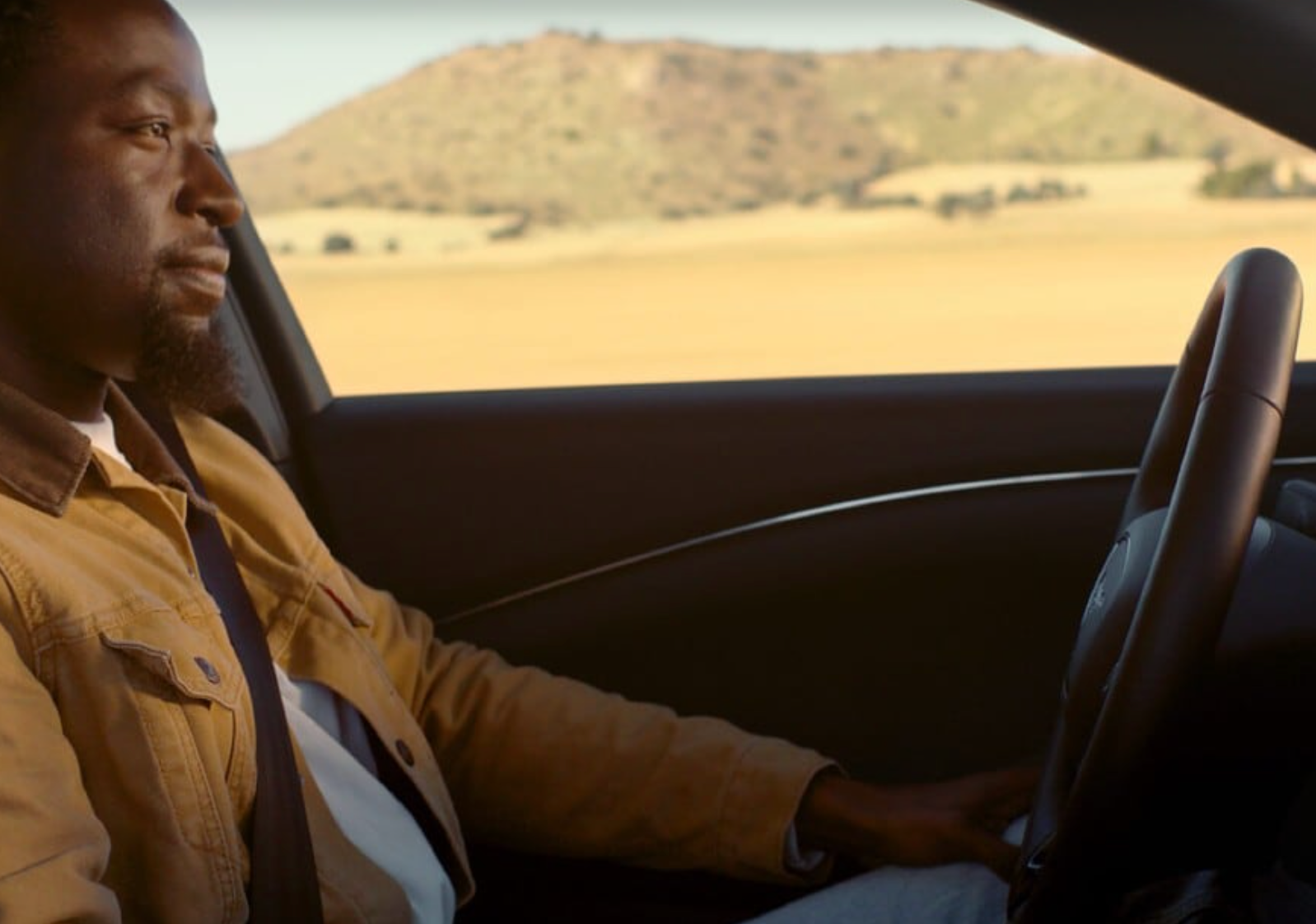Look, no hands: Scotland to launch autonomous buses
The Man Who Pays His Way: Give me a fly-drive without the need to steer

Your support helps us to tell the story
From reproductive rights to climate change to Big Tech, The Independent is on the ground when the story is developing. Whether it's investigating the financials of Elon Musk's pro-Trump PAC or producing our latest documentary, 'The A Word', which shines a light on the American women fighting for reproductive rights, we know how important it is to parse out the facts from the messaging.
At such a critical moment in US history, we need reporters on the ground. Your donation allows us to keep sending journalists to speak to both sides of the story.
The Independent is trusted by Americans across the entire political spectrum. And unlike many other quality news outlets, we choose not to lock Americans out of our reporting and analysis with paywalls. We believe quality journalism should be available to everyone, paid for by those who can afford it.
Your support makes all the difference.Simon Calder, also known as The Man Who Pays His Way, has been writing about travel for The Independent since 1994. In his weekly opinion column, he explores a key travel issue – and what it means for you.
Of all the forms of mechanised transport, driving is my least favourite. I am not very good at it. I have a licence that has remained miraculously clean for decades, largely because I tend to drive only every few years.
Mostly I motor in circumstances where renting a car is nigh-obligatory – mainly the less-populated areas of the US, where the concept of public transport does not appear to have occurred to the authorities.
This week a motoring charity launched a campaign to make a second driving test mandatory for people who are lucky enough to attain the age of 85. IAM Roadsmart appreciates that older drivers have certain safety features that the young may lack – from an abundance of caution to a lower inclination to take illegal drugs. But their reflexes and sight may have eroded over the years.
Currently, the onus is on drivers aged 70-plus (and there are more than 500 aged over 100) to self-assess and report any deficiencies. A second test would certainly reduce risks. But how much better it will be when automobiles have proper autonomy – and transport people of any age much more safely than they could drive.

One month from now, Scotland will show the way. From 15 May 2023, a fleet of five Stagecoach buses will start shuttling across the Firth of Forth between Edinburgh Park Transport Interchange and Ferrytoll Park and Ride outside Inverkeithing. While neither location could be described as an aesthetic joy to match great transport termini such as St Pancras station in London or the harbour at Rhodes, the single-deck vehicles will cross the majestic Forth Road Bridge.
At which point, I hope the “Safety Driver” in the seat at the front will be able to pause from monitoring the technology and look out of the window. He or she can take in the corrugated shores dividing the Lothians from the Kingdom of Fife, as well as the even more magnificent Forth Bridge carrying the railway north. You can’t (or shouldn’t) do that when you’re driving for real.
The project is known as CAVForth. It is running two years late. But I predict the bus service will swiftly become the Forth Hands-Free, and become accepted as an efficient form of transport: departures every 20 minutes, speeds of up to 50mph and onward train connections from Edinburgh Park to the city centre in 10 minutes or less.
I have far more faith in the technology – which includes sensors to detect other road users and software to change speed and direction – than I do in my driving.
Public and official acceptance of autonomous motoring is accelerating. Ford has just been given the go-ahead by the government to switch on its BlueCruise self-driving technology. You will need to be at the wheel of a £50,000 Ford Mustang Mach-E electric vehicle, but once on a motorway you can take your hands off said wheel – and remove your feet from the pedals. Five radars track the position and speed of other vehicles, while a forward-facing camera detects lane markings and speed signs. That’s more than I can manage.
Give me BlueCruise over a human any day. The planet’s roads are extremely dangerous, with a death on average every 23 seconds somewhere in the world. In contrast, aviation is incredibly safe, with a worldwide average of one fatality every two days last year. Agreed, much of air safety flows from human-designed and implemented control systems. But aviation has also embraced technology to protect humanity. I can’t wait to step aboard the Forth Hands-Free – and, not too long from now, to take a fly-drive holiday to the US during which I don’t need to steer.
Join our commenting forum
Join thought-provoking conversations, follow other Independent readers and see their replies
Comments